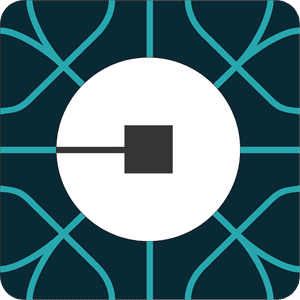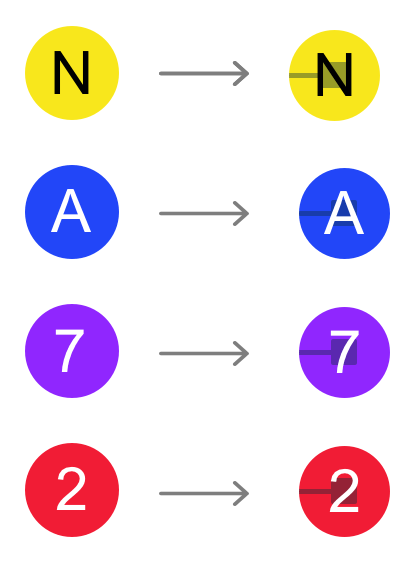
Uber
Uber's brand story
With millions of Uber rides happening every day in over 450 cities globally, we were focused on creating a seamless pickup experience for both drivers and riders. We wanted to expand on our previous feature, which suggested the best possible pick up point in order to improve pick up accuracy and safety.
Pick-ups are a particularly difficult pain point for both riders and drivers due to both technical and physical factors. On the technical side, we need the rider and driver apps to be appropriately synchronized. In physical space, such as a crowded street at night, it can be challenging for the rider and driver to find each other. Helping riders easily identify their driver is a key to a successful and enjoyable trip on our platform.
Visit Uber's newsroom for the official announcement:
How it works
Uber Beacon represents a natural extension of our apps into the physical world, a device that provides intuitive color-matching between a rider and driver, where the rider can choose any color in the allowable spectrum. Something as intuitive as picking a color and seeing it light up your driver’s windshield on a dark and stormy night can make a big difference even though it seems simple. In fact, the engineering that drives that experience is anything but simple. Let’s take a deeper look at how we leveraged our latest driver app to bring that experience to life.
When a user requests a ride that is equipped with a Beacon-enabled driver, the user will be asked to select a color in the app while waiting. The rider can also light up their phone screen to help the driver quickly identify them. As the driver arrives, the Beacon device on the windshield will glow in the rider’s chosen color.
When Beacon is connected to a driver’s app, the capability is relayed to the backend so that when a rider is matched with this driver,
they can select a Beacon pickup color.
Data and research
We tested the existing Uber app with 8 participants in the most problematic pickup areas in San Francisco. Our goals were to understand the challenges Riders and Drivers faced and the workarounds they employed. These were the top 3 challenges.
List of Services
-
Frequent ContactList Item 1
Riders were annoyed when they were contacted by their Driver to confirm the location. Riders expected Uber to do the work and didn't feel the need to reiterate.
-
Unexpected ArrivalsList Item 2
Often, Drivers did not arrive where the Rider expected. Riders would need to cross the road, backtrack on the block or negotiate an alternative pickup location.
-
Pins vs ButtonsList Item 3
Riders behave in two distinct ways. Those who explicitly set a pickup location (via search or pin) and those that expected the Driver to arrive at their current location.
Prior to the redesign, contact rate i.e the rate at which a phone call occurs during the pickup was the only proxy we had used to measure pickup quality. I unpacked the concept of the perfect pickup and modeled for the dimensions of time, space and anxiety. I partnered with our data scientist and used this framework to investigate the pickup health around the world.
Digging into the data revealed some big insights into the pickup experience. Almost all trips involved some extra coordination effort such as a phone call to clarify the location and additional physical effort such as walking somewhere else to meet the driver, or the driver re-circling the block. This data showed that the experience was hardly the door-to-door magic Uber had been optimized for.
Meet Sheila
When developing the persona, we wanted to focus on individuals in densely populated areas. With our user journey, we focused on the challenge of trying to find your particular Uber ride in a sea of others.
This was inspired by a recent trip to New York, where I was roaming Times Square trying to find my Uber. I realized that under certain circumstances (distraction, visibility, etc.) this task can become much more challenging.

Next steps and accessibility concerns
But when you're leaving a sold out show at Madison Square Garden, you may not be the only one requesting a ride. So how do we deal with this sudden influx of requests? Since the color spectrum can only hold so many, how do we diversify it to increase variation?
This is what inspired implementing numbers and letters. The NYC subway has both numbered and lettered lines, combined with a color specific to that line. Taking this preexisting idea and applying it to Beacon would allow the algorithm to produce more unique identifiers for the user and be able to intake a large amount of demand at once.
The benefit does not end there. This combination of numbers and/or letters will also help users who may suffer from color blindness, by providing another identifier along with the colored light.


